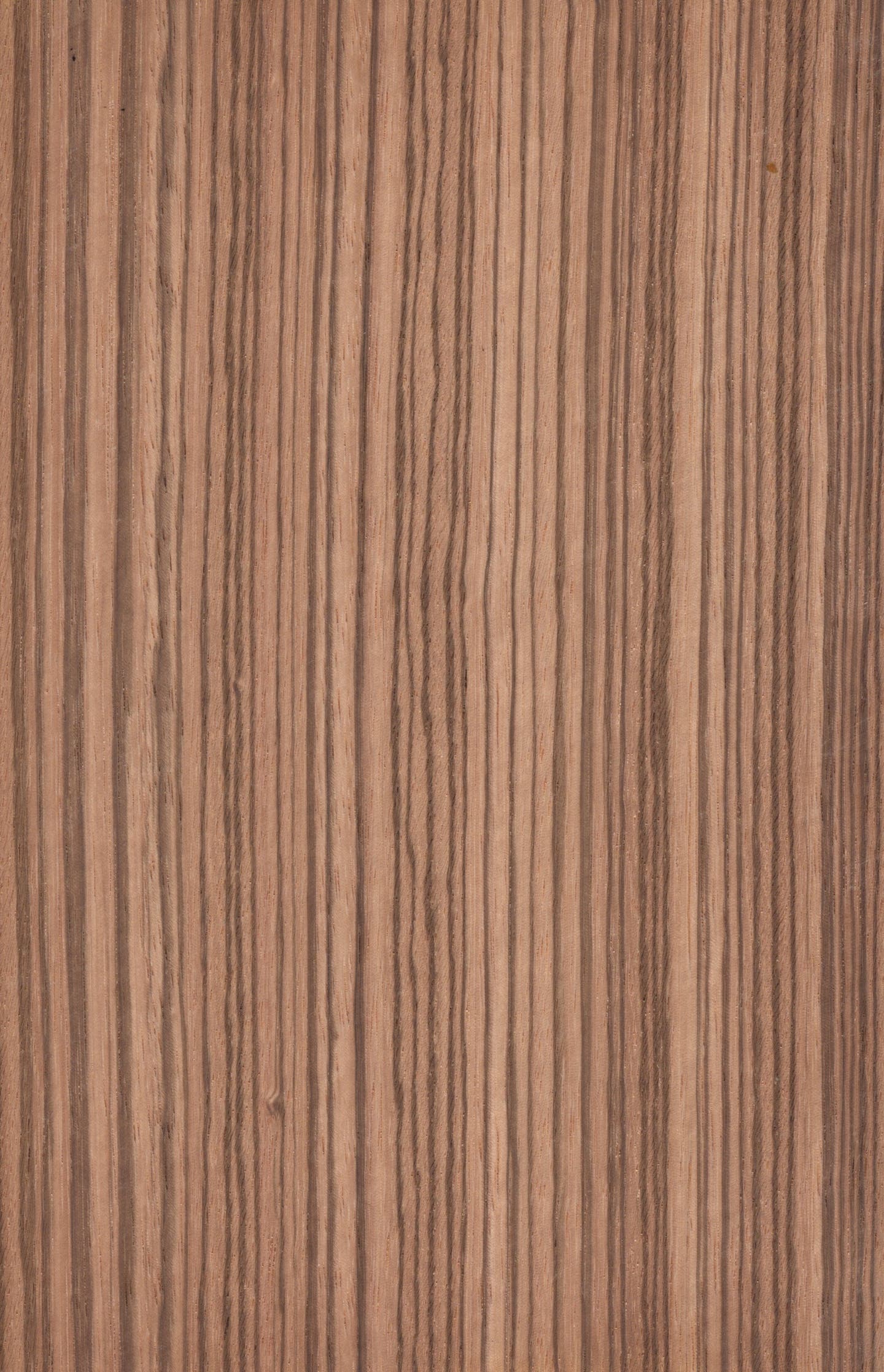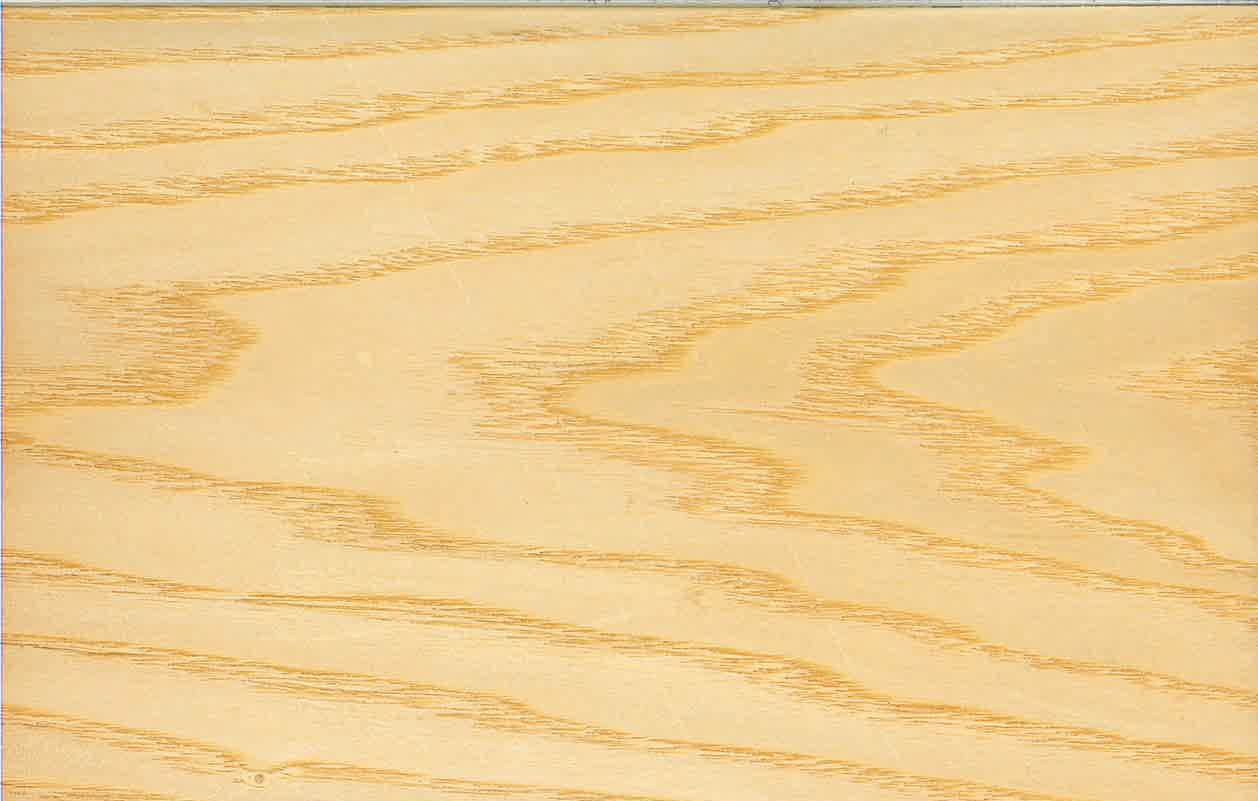Canker disease causes scant butternut supply
The butternut canker disease has been devasting trees in North America for decades, a problem that is only getting worse while researchers grapple with ways to preserve the species.
The butternut canker disease has been devasting trees in North America for decades, a problem that is only getting worse while researchers grapple with ways to preserve the species. The issue has caused a significant impact on butternut (Juglans cinera) availability, according to lumber suppliers interviewed by Woodshop News.
Parker Nichols of Vermont Wildwoods in Marshfield, Vt. used to specialize in butternut sales from diseased and dead trees, but he hasn’t bought a butternut log in five years due to lack of availability, which he “absolutely and 100 percent” attributes to the canker disease.
“I did enjoy selling it as a species. It’s one of my favorite woods, but in northern New England it’s just getting too hard to get good quality saw logs. The canker that has been plaguing the species is decimating it to the point where there may be a few small piles at some sawmills, but not enough mills are able to get enough butternut for it to be a viable species to offer,” says Nichols.
Butternut is a member of the walnut family and often referred to as white walnut. It grows in the eastern U.S., through Wisconsin to Canada, and can be found in the Appalachian region and further south. Trees average up to 8” in diameter but can be much larger. Depending on the grade, it can have soft to medium warm tones and can darken with finish. A softer hardwood, it’s ideal for carving and architectural millwork.
According to the U.S. Forest Service (www.fs.fed.us), the butternut Canker disease is caused by a fungus (Ophiognomonia clavigignenti-juglandacearum), described as a new species in 1979, which has only been reported in North America, although it is thought to be an exotic pathogen. The Northern Research Station is working to save the butternut by identifying trees with possible resistance, propagating, preserving and testing them further.
Dave Norman of Parkerville Wood Products in Manchester, Conn. has sourced butternut for clients doing special projects over the years, but says an adequate supply is not something that can be counted on.
“I can try to order it. A lot of the lumber mills that we deal with just don’t stock it. It doesn’t seem to be plentiful. I do see the name come up with local slabs. We have explored bringing in some slabs here and there but it’s not a wood that really seems to excite a lot of people. Every once and a while I get somebody that really wants it and they have to have butternut, but those are very few and far between. There’ve been a couple times where we have brought in 400-500 feet because we got lucky on a buy and it can just sit there,” says Norman.
“I like the wood because it’s a softer wood. It’s easy to mill and work with and all that, and I see different grades of it. The character grade can look really cool but there doesn’t seem to be an abundance of it for supply and there doesn’t seem to be an abundance of it for people who actually use it and want it.”
On the other hand, Clint Dillon of Steve Wall Lumber in Mayodan, N.C. says the butternut market is not all doom and gloom. He regularly stocks and sells 4/4 No. 1 and No. 2 Common.
“We do stock and sell 8/4 also in the No. 1 Common but I haven’t been able to get my hands on it lately, obviously due to [the canker] issue going on. But it’s a good mover for us. A lot of people like it because of its uniqueness. It kind of resembles old chestnut to an extent,” says Dillon.
“A lot of people just love the character and uniqueness of it, the knots, and if you get some of that crotch in it, people really love it.”
Butternut (4/4, No 1. Common) was quoted at retail $3.50 to $5.45/bf.
This article was originally published in the October 2021 issue.







